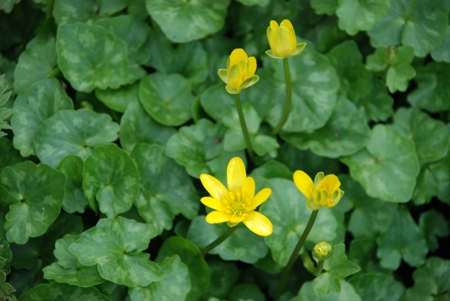
Plan for the Fish Exclusion Zone (click to enlarge; feature legend on rhs)
Colin Gray, Chairman of Fleet Pond Society, writes:
Fleet Pond Society’s Clearwater Campaign will be providing funds for measures to enhance the wildlife diversity of Fleet Pond.
Two projects are planned:
Project 1: Reed Relocation (Eastern Side)
The new line of islands along the eastern side of the Pond will be planted with reeds taken from one of the main existing reedbeds. Brookly Reedbed has reached a maturity where there is little water within the reeds. A series of channels cut into this reedbed will help invigorate the reeds and bring water into the bed providing new habitat and feeding areas for the wildlife within the reeds.
The reed rhizomes (roots) removed in this way will provide stocks to plant on the eastern islands. This will widen the area of reed on the eastern side and provide reeds that grow in shallow water, ideal habitat to reedbed birds like the Water Rail and, who knows, might eventually attract the return of the Bittern, not recorded at Fleet Pond for many years.
The island closest to Sandy Bay will be planted by volunteers as the dredging pontoons cannot negotiate the shallow water so close to the beach.
Project 2: Creation of a Fish Exclusion Zone (Western Side)
The second project is the creation of an area of open water segregated from the main Pond by a permeable curtain. The curtain will allow free passage of water but will restrict the ability of fish to enter the zone. Fish will be removed from this new zone by the use of netting and electro stunning. The latter method stuns the fish for a short time so they can be carefully netted and relocated in the main Pond.
The objective is to permit the natural regeneration of aquatic plants and invertebrates safe from fish predation to create a reservoir of these vulnerable species to restock the main Pond when the dredging work is completed.
Removing fish will allow zooplankton (tiny creatures like daphnia for example) to thrive. These feed on the algae that is in suspension in the water and which is partly responsible for the very cloudy nature of the water. If the algae are removed in this way it helps to clarify the water allowing light to reach the seeds in the base mud of the pond. A further aid to regeneration of aquatic plant life.



